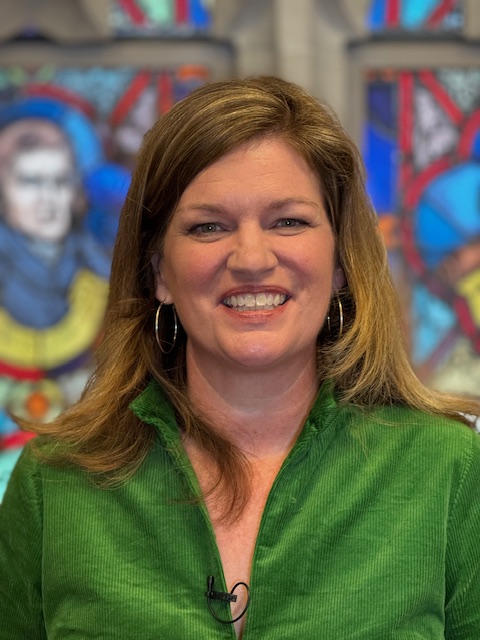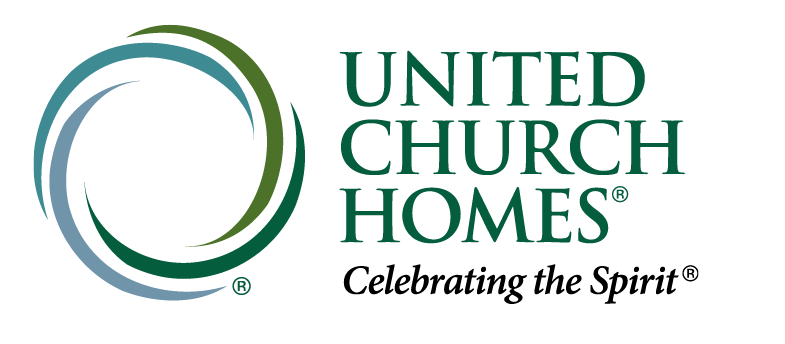Highlights from this week’s conversation include:
- Daphne’s Background and the story of RFA (1:23)
- Scaling the Model (4:34)
- From Local to National (5:27)
- Volunteer Training (11:36)
- Signature Stories of the Ministry (13:15)
- Community Connection (18:06)
- Essentials for Starting an RFA chapter (20:59)
- Respite Program Overview (23:44)
- Foundation Growth (25:51)
- Volunteer Impact (27:58)
- Dementia-Friendly Services (32:09)
- Upcoming Documentary (35:18)
- Training Opportunities (36:05)
- Abundant Aging Questions for Daphne (37:48)
- Connecting with Respite for All and Parting Thoughts (40:51)
Abundant Aging is a podcast series presented by United Church Homes. These shows offer ideas, information, and inspiration on how to improve our lives as we grow older. To learn more and to subscribe to the show, visit abundantagingpodcast.com.

